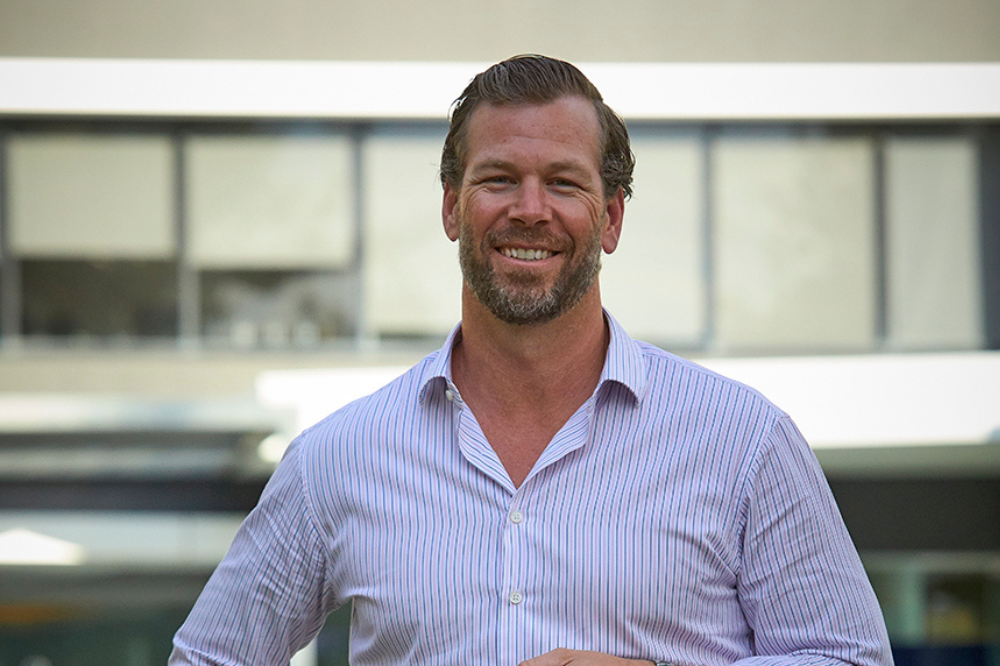Residential housing projects are taking up to 50% longer to complete along with a myriad of ongoing supply chain and construction issues.
However, one property developer says the issue will be tackled head-on at the upcoming Queensland Housing Summit.
KDL Property Group managing director Kent Leicester (pictured above) said government red tape and slow planning approvals had made life difficult for development and construction companies.
“The last two and a half years have been very tough since the start of COVID-19 – dwindling staff numbers, building supply constraints, natural disasters, fast rising cost-of-living pressures and higher interest rates,” Leicester said. “If the summit aims to tackle housing affordability and find more accommodation for people, then they need to help speed up the process in enabling us to build more houses.”
Read next: Granny flats to hit Queensland’s tight rental market
Leicester said since COVID began, the length of time it would take to get a project approved and completed increased by 50%.
“The challenge to improve affordability is to make the process of obtaining planning and approvals quicker,” he said. “The longer something takes to complete the more it costs. KDL has recently had a residential development on Brisbane’s northside approved, but only 18 months after the plans were lodged.”
On September 13, the Palaszczuk Government held an initial roundtable with key government and non-government stakeholders ahead of the housing summit to outline the increased housing cost issue.
“Nothing is more important than having a roof over your head – it’s a basic need – and the stories of people without secure housing are heartbreaking,” Palaszczuk said at the roundtable.
“Affordable housing is critical to maintaining our great Queensland lifestyle. Many of the causes of the increased housing costs are national and need national solutions.”
Read next: “Nearly 270,000 rental dwellings disappear”
Leicester said a common problem for many development and construction companies was getting enough workers for the projects, which was mainly due to the perfect storm of events in recent years including the impact of the pandemic, the workforce and natural disasters.
“A way forward will be boosting the workforce with increases in skilled migration, although at the moment there isn’t enough accommodation for incoming workers. By approving more build-to-rent developments, including house and land projects, it would help deliver a greater supply of affordable rental housing,” he said.
“In Queensland, the state government has so far only approved a few build-to-rent developments which I believe are apartment projects in inner Brisbane. We need not just apartments but more house and land projects in the outer suburbs of Brisbane, the Gold Coast and Sunshine Coast to boost the supply of affordable rental housing where it is most needed.”
Leicester said the Queensland government was also under growing pressure to reconsider its land tax reforms which would calculate tax on the basis of a property owner’s total interstate land holdings.
“This will push up costs and will not only be a deterrent to investors but also developers as it will impact the viability of build-to-rent projects,” he said. “That can make a massive difference to the ongoing housing crisis.”


